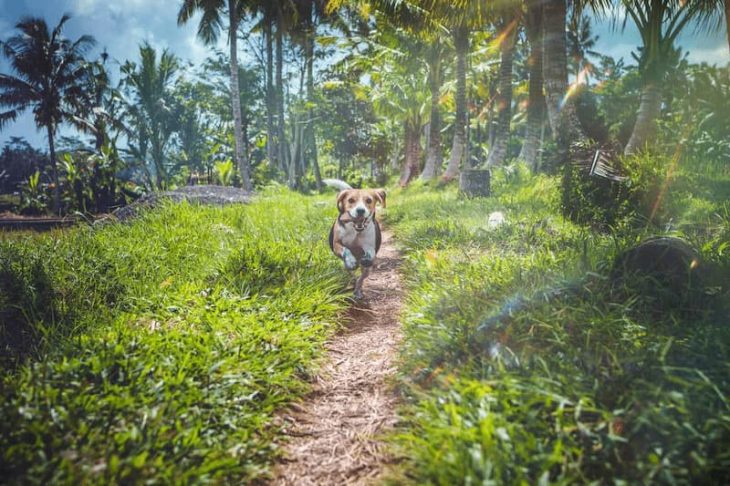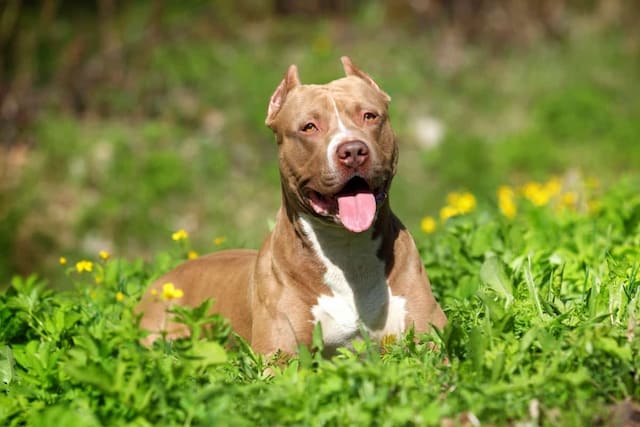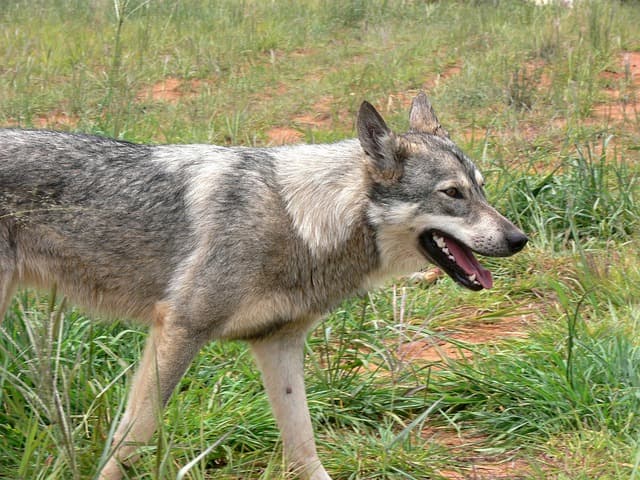
How Fast Can A Coyote Run? Frequently Answered
The smaller cousin of the wolf, coyotes are native to North America. It plays a similar ecological role to the golden jackal in Eurasia. Coyotes are notorious for being sly and difficult to spot when they’re moving.
So, how fast can a coyote run?
A coyote can run at a top speed of 43 mph; tests on injured or disabled coyotes found that their top speeds were 32 mph. They have been observed to clear barriers that are 8 feet high and jump a distance of 14 feet. They have also been observed utilizing their back legs to scale 14-foot fences.
Ever questioned your ability to outrun a coyote or whether your fence is high enough for one to not be able to hop over it? I decided to do some study on the subject because I’ve frequently wondered about these things myself and discovered some intriguing information!
Table of Contents
What Is A Coyote?
The coyote is a species of canid that can be found all over North and Central America, from Panama in the south up to Mexico, the United States, and Canada. It is often referred to as the American jackal or the prairie wolf. All except the most northern parts of Canada experience it, as does Alaska. Currently, 19 subspecies are recognized, with 16 existing in North America (Canada, Mexico, and the United States), and 3 in Central America.
How Fast Can A Coyote Run?
Coyotes are fast and agile, when in a sprint, it can easily reach up to a speed of 43 mph. When pursuing prey or fleeing from a predator, they can quickly alter their course thanks to their agility.
Coyotes mostly run at speed of 32 km/h i.e. 20 mph when chasing the prey and when moving over long distances they cover half of the distance by walking and half by running, while keeping their average speed at 32 km/h i.e. 20 mph.
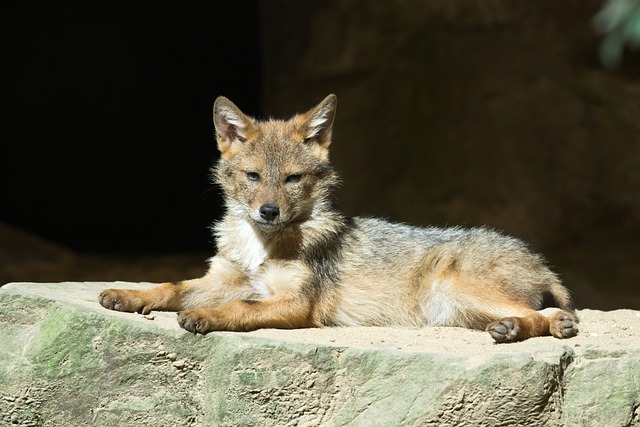
How Long A Coyote’s Maximum Running Distance?
The coyotes can maintain their top speed for about less than 0.4 km (0.25 miles). For distance of about 3.3 km (2 miles) the coyote can retain its speed between 24 to 32 km/h i.e. 15–20 miles per hour and for distances longer than 2 miles its average speed is 16 to 24 km/h (10-15 mph).
Read about: How Fast Can A Pitbull Run?
Do Coyotes Run Quicker Than Dogs?
A coyote can run faster than a human over a short distance than us because our top speed is only about 28 miles per hour. The typical speed of a coyote is 40 mph, compared to the less than 20 mph that a domestic cat could travel.
One coyote’s speed cannot be compared to another coyote’s, though. In addition, we already know they are incapable of maintaining a high constant speed.
Here are some additional details regarding the coyote species and how their running speeds change depending on whether they are trotting along logging roads or scouting out potential prey from a distance.
Grey fox, moose, and jackrabbit are capable of outpacing coyotes in a direct confrontation. for their money, yet many forest animals may be unable to outrun or match the same speed when coyotes live in their area.
Few animals can match endurance, though some can sprint faster than a coyote. Coyotes can continue to move even though their speed slows down, following hunting trails all over North and Central America.
Coyotes, whether they are traveling alone or in a pack, can be seen daily covering three to ten miles. Or at least this is what the College of Environmental Science and Forestry at the State University of New York concludes from its research.
Coyotes move around a lot, whether it’s for hunting, making dens, mating, or simply looking around.
Even though coyotes are strong and can outrun many other predators, their young are particularly susceptible to harm. The implication is that they must learn how to accelerate their tiny paws to speeds that will keep them safe from other animals.
A few of these dog species may not be able to handle larger animals like bears and cougars, even when adult coyotes defend them.
Coyotes age more slowly than other canids. Therefore, coyotes that live close to people are more likely to be killed while attempting to cross a road than by hunters. (Read Can Felons Own Crossbows)
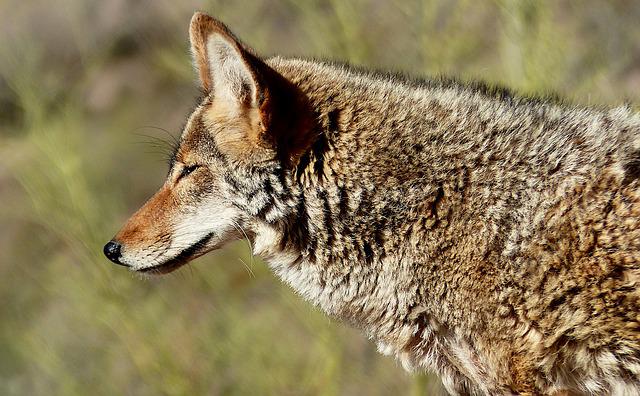
How Does The Coyote’s Diet Affect Its Running Ability?
The coyote’s diet has a variety of effects on its capacity for movement. For starters, coyotes require a lot of protein to develop and preserve their muscle mass. When they are running after prey, this high-protein diet helps. When coyotes are getting ready for a big hunt, they will also eat more food so they can store the energy they need to run quickly.
Additionally, a coyote’s diet can influence its capacity for running because what it consumes can either increase or decrease its stamina. For instance, a coyote’s ability to run for longer periods of time will increase if it consumes a lot of carbohydrates in its diet. But if a coyote eats mostly fat, it won’t have as much energy and won’t be able to run as far or as quickly.
Coyotes typically hunt in short bursts, so they don’t require a lot of stamina to be effective predators. However, how well they can run is still influenced by their diet. Coyotes can maintain their muscle mass and keep their energy levels high by eating a high-protein diet. For a brief period of time, this enables them to run at top speed, which is ideal for pursuing prey.
Other Factors That Impact A Coyote’s Running Ability
A coyote’s capacity for running can also be impacted by a few other variables. One is the surface on which they are running. Coyotes frequently reside in open spaces with little vegetation so they have lots of room to move around. When a coyote is moving through an area with many trees or other obstacles, it must slow down to avoid them. Prey may be able to flee more easily as a result.
The weather is another element that may impact a coyote’s capacity for running. Coyotes may find it challenging to run quickly in extreme heat or cold. They will overheat and require more frequent rest periods if it is too hot. Their muscles won’t function as effectively in the cold, which will make them more susceptible to fatigue.
Last but not least, a coyote’s weight can hinder its ability to run. Running speed will be slower for a coyote that is heavy, such as when it is pregnant or has recently consumed a large meal. The reason for this is that it takes more energy for the heavier coyote to move its body.
The terrain, the climate, and the coyote’s weight are some of the variables that can impact a coyote’s ability to run. We can comprehend a coyote’s hunting behavior and how its surroundings affect it if we are aware of these factors.
When Do Coyotes Follow Their Prey On The Run?
To exhaust their prey before killing it, coyotes will occasionally run alongside them. This strategy is knownas “pursuit predation.” Coyotes can gradually wear down their prey by running alongside it until it is unable to continue running. The coyote will then be able to catch up with and devour the animal at this point.
Coyotes that hunt small animals like mice or rabbits are more likely to engage in pursuit predation. Larger prey, like deer, are more challenging to exhaust and typically call for a different hunting technique.
Coyotes are designed to run, and they make use of this ability when hunting. Coyotes can kill prey that is much larger than themselves by chasing it until it is too exhausted to continue running. They are now among the animal kingdom’s most effective predators as a result.
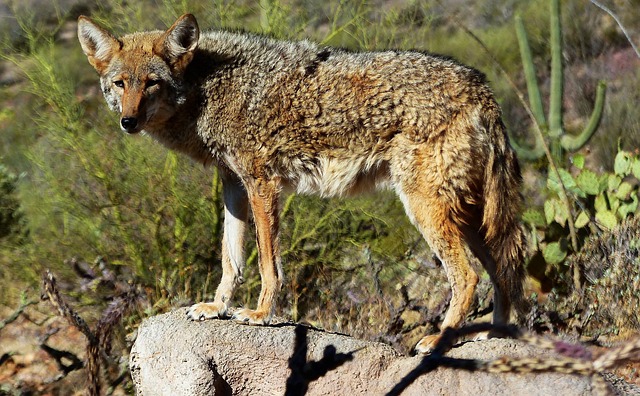
Coyote Triathlon: Running, Jumping, And Swimming
What else are coyotes capable of doing? According to Speed of Animals, our vicious furry friends can leap up to 13.13 feet (4 meters) in length! These leaps help coyotes cover more ground and easily catch up to their prey because they are propelled by the momentum of their high speed.
Deer and livestock can swim, and they frequently use the water to try to confuse their predators by mucking up their scent trails. Are coyotes able to keep up? National Geographic says they are “very good swimmers.” Coyotes have been seen swimming as far as 0.8 kilometers, according to UNY. This means that these dogs can follow their prey both on land and in the water, and when they are close enough, they can pounce and catch up to them.
Seek A Sprint Or A Marathon
Few animals have the same endurance as the coyote, despite the fact that some can sprint as fast as him. These animals are swift and active all the time. These dogs are able to travel both independently and in packs. They constantly plot and execute their next move. The College of Environmental Science and Forestry at the State University of New York estimates that a coyote can travel 3–10 miles (5–16 km) in a single day. Whether it’s for hunting, breeding, den building, or just sightseeing, these creatures are frequently on the move. They do not possess the homebody gene.
Is A Coyote Faster Than A Roadrunner?
Yes, the coyote is much faster than the roadrunner. The top speed of Roadrunners is just 32 km/h (20 mph) while that of a coyote is 69 km/h (43 mph), which is twice as fast as the roadrunner. Due to the cartoon “Wile E. Coyote and the Road Runner” we all have been wrong about the roadrunner running faster than a coyote.
Can You Outrun A Coyote?
No, a coyote cannot outrun you. In comparison to Usain Bolt’s 43.99 km/h (27.33 mph) record, the average running speed of a man is approximately 13 km/h (8 mph). So even if you are as fast as Usain bolt even then you cannot outrun a coyote which runs at 56 to 69 km/h (35 to 43 mph)
When you spot a coyote, your first inclination might be to flee, but this is not a smart move. In order to repel an aggressive coyote, throw rocks or sticks and make noise.
Run For Your Life
Coyote puppies are less protected from predators than their parents were. The sooner they can move their teeny paws in the direction of safety, the better their chances of surviving are. Even though adult coyotes are trying to protect them, bigger animals like bears and cougars can kill more than just one or two of these coyotes.
As they get older, coyotes who live close to people are more likely to cross roads. These crossings frequently lead to coyotes’ deaths if they are unable to move across quickly enough.
FAQs
How Fast Can A Roadrunner Run?
They can sprint at a rate of about 15-20 miles per hour, usually when pursuing prey. As opportunistic predators, roadrunners consume a wide variety of foods.
How Fast Can A Cheetah Run?
This speedy member of the cat family can reach top running speeds between 70 and 75 miles per hour (112-120 km/h) while hunting for short sprints up to 460 m (1,500 ft).
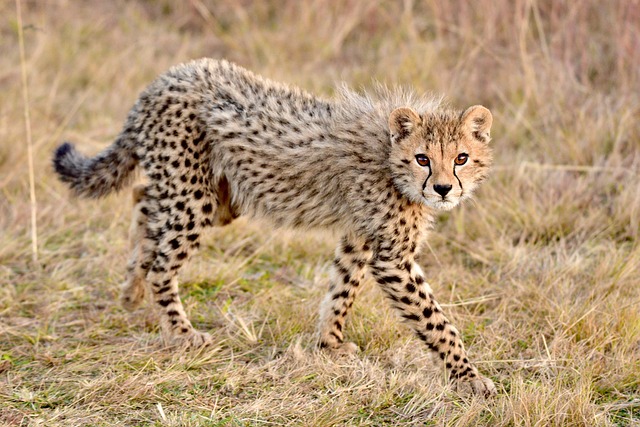
How Fast Can A Greyhound Run?
With a top speed of about 45 miles per hour, greyhounds are the world’s fastest canines. The world record-breaking speed of the greyhound was 41.8 miles per hour, which was captured in 1994 in Wyong, Australia. Another Australian greyhound holds the unofficial record at 50.5 mph.

How Fast Can A Fox Run?
Depending on the breed, foxes can run between 30 and 40 miles per hour at their fastest. For instance, the typical red fox can run at a top speed of about 48 kilometers per hour, or about 30 miles per hour. Another illustration is the gray fox, which can run at a top speed of about 42 mph.
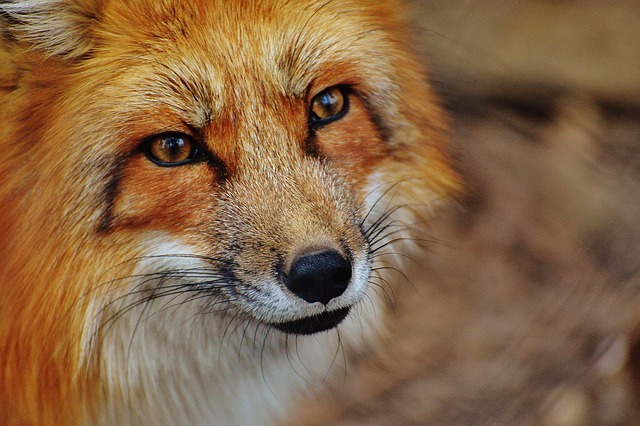
How Fast Can A Housecat Run?
Most domestic cats move at a speed of about 20 miles per hour. Even breeds of cats known for being more sluggish and sedentary could, under extreme pressure, accelerate to this speed. They’ll just let their friends who are faster handle the top speeds of up to 30 miles per hour!
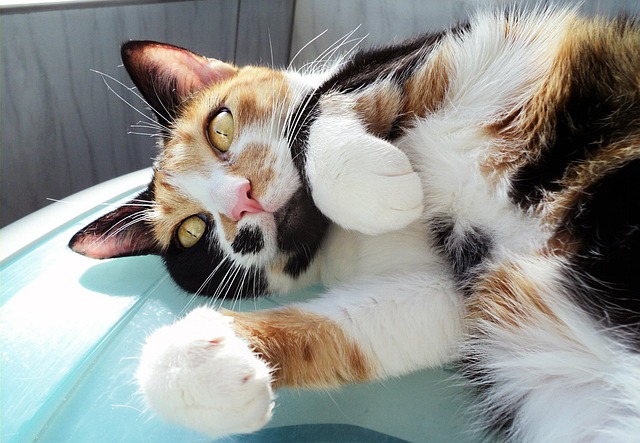
Conclusion
So, how fast can a coyote run?
Coyotes are capable of running at speeds of up to 40 mph. This is quicker than a cat (30 mph), dog (19 mph), and the record-setting quickest person (28 mph).
Thank you for reading.

